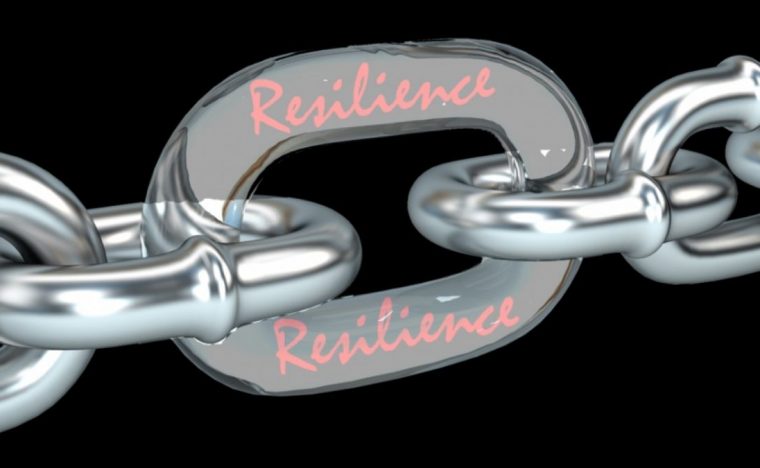Nearshoring refers to companies moving their manufacturing to countries nearby. As a result, nearshoring allows companies to benefit from geographic, time zone, linguistic, political, cultural, and historical proximities usually at a lower cost. Most companies view nearshoring as more advantageous than outsourcing to suppliers around the globe. Supply is quicker and there are more opportunities to implement and manage controls. An example of nearshoring would be a US company switching production from China to Mexico or Canada.
What Is Nearshoring in Supply Chain Management?
Making the Decision to Nearshore
The decision to outsource supply off-shore, or to nearshore currently off-shored outsourced supply is fairly complex. To make this decision, companies must look at more than just the bottom line. For example, business and national political relationships must be taken into account. In fact, one type of relationship can affect the other. Think of embargos as well as tariffs, both of which are politically motivated.
As a result, it is important to take a medium to long-term view. This isn’t always easy to do as political sentiments can change quickly. Before making a decision, it is important to have contingency plans in place to mitigate potential political and economic risk and risks to the landed cost of goods. For example, workers at your offshore outsourcing company go on a protracted strike.
Nearshoring vs Global-shoring
Even before the COVID-19 pandemic, supply chain managers were weighing the benefits of nearshoring. The impacts of tariffs on Chinese imports have begun to manifest. Furthermore, the cost of manufacturing in China is going up in line with Chinese government-supported wage increases.
Moreover, the pandemic, which sent shockwaves through the global supply chain, has had supply chain managers reviewing dependencies and seeking out ways of becoming less reliant and more independent. If it wasn’t for the cost of labor in the US, there is no doubt that off-shored manufacturing would be re-shored in the current political climate. Nonetheless, the pandemic can be seen as having brought the need for supply chain managers to make these critical decisions.
Benefits of Nearshoring
Nearshoring is contingent on potential suppliers having the necessary high-tech communications systems and processes in place. Assuming that they do, and setting political concerns aside, there are a number of benefits to nearshoring to be considered:
- Ability to visit and check up on suppliers frequently.
- Better control over intellectual property, especially through surprise visits to factories.
- Reduced linguistic barriers and cultural differences.
- Improved communications by aligning time zones.
- Shorter transit times between the manufacturer as well as the end consumer.
- Faster delivery to retailers and to the market.
- Improved supply chain control.
- Lower excise and customs duties.
- Enhanced oversight of product quality and production.
- Less digital disruption
- Reduces shipping and freight costs.
Proof of Concept
In the early days of the pandemic, medical products and equipment from China were in short supply. As a result, this forced companies to look for those products elsewhere. Businesses found what they were looking for closer to home, which eased their reliance on the global supply chain.
Additional Reading: How to Fix Global Supply Chains for Good (Council on Foreign Relations)
Ship Fortress LLC | Best Reefer Truckload | 3PL Warehouse Facility & Logistics in Milwaukee
Ship Fortress in Milwaukee understands every business has its own specific requirements. We customize and create solutions to meet each business’s unique needs. We truly do provide our clients with
- cost-effective delivery services
- flexible
- high-quality logistics solutions & LTL services
As a seamless extension of our clients’ business, we have a passion for exceptional customer service. Our experience and expertise allow us to provide multiple layers of client support services to propel businesses forward. Contact us for a FREE Quote.





